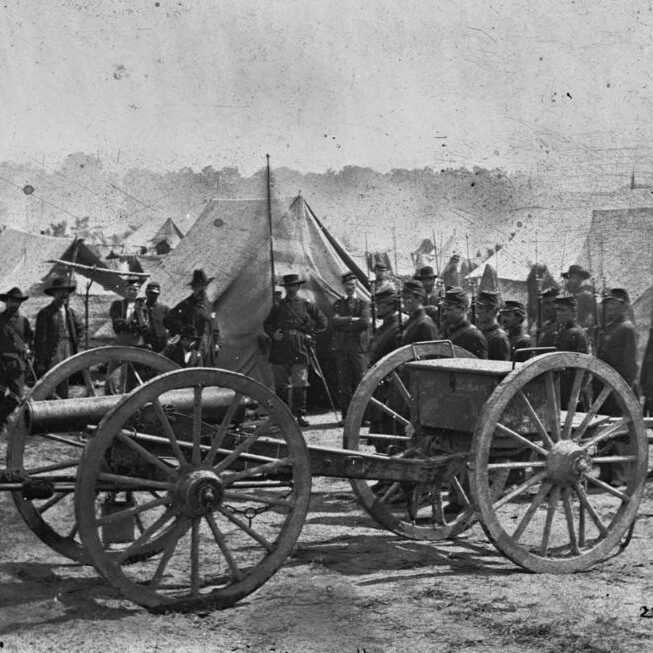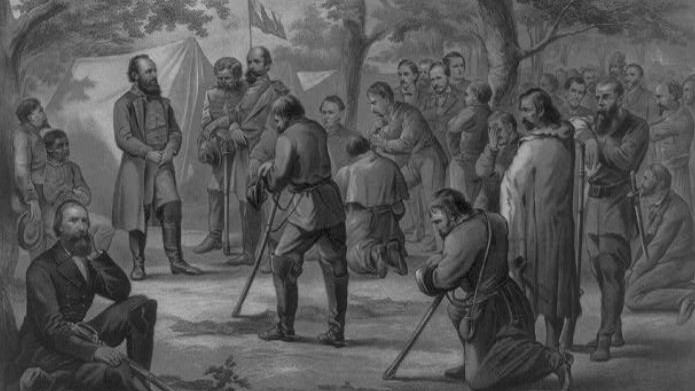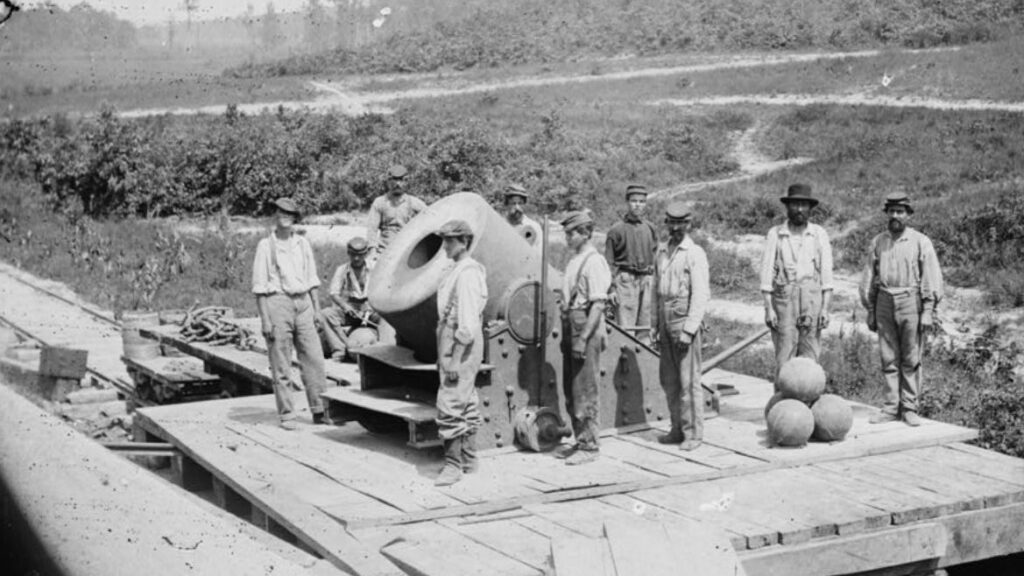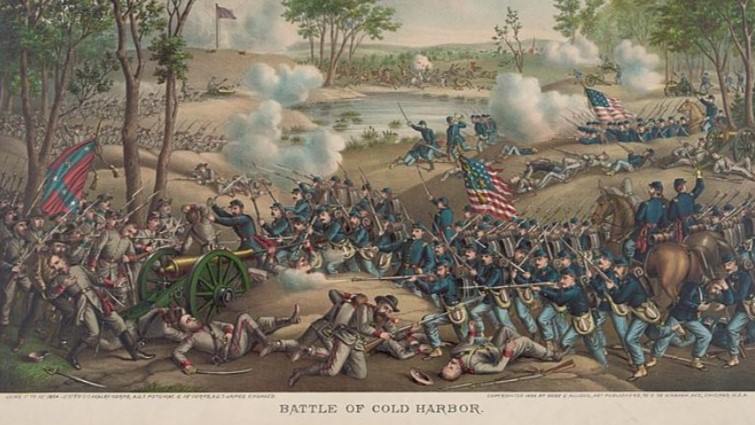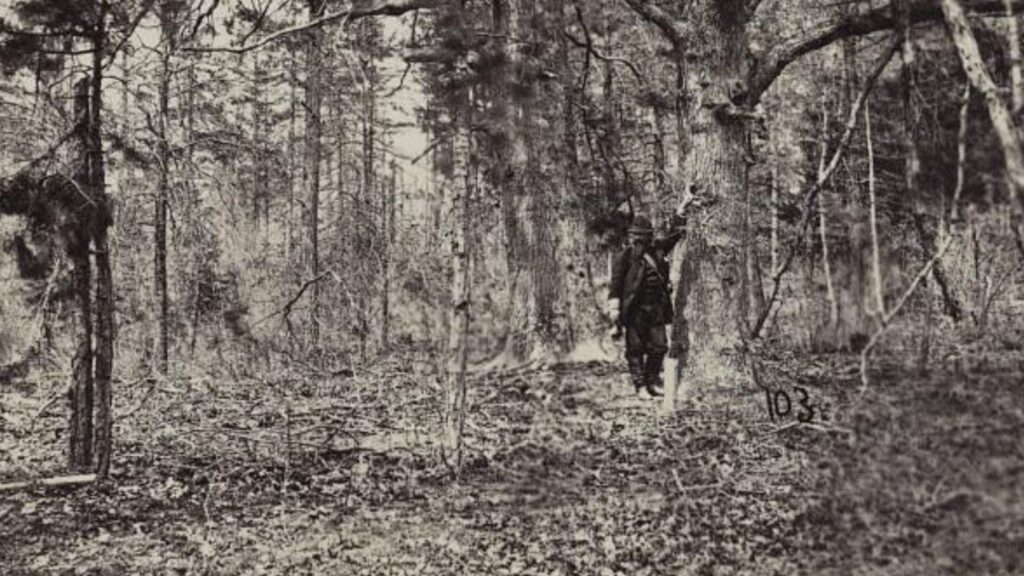General George McClellan is battlefield strategies, but what about his stance on slavery, the war’s central cause? Was he an abolitionist, or did he prioritize the Union at any cost?
Today, we untangle the complexities of McClellan’s views on slavery, exploring how they clashed with President Lincoln and ultimately impacted the course of the war.
1. A Southerly Slant? McClellan’s Background and Beliefs
McClellan was born in Philadelphia in 1826. So, he wasn’t a Southerner by birth. But his family had ties with Virginia, a state entrenched in the slaveholding system. These close family connections exposed him to Southern culture first-hand.
Yet, McClellan’s upbringing wasn’t solely defined by his ties to Virginia.

He graduated from West Point, a prestigious military academy. West Point instilled in McClellan a sense of discipline and national unity. This helped form his belief in a strong, unified nation.
The question that lingered, though, is what form that unity should take? Should it preserve slavery, or could the Union exist without slavery?
Historical documents hint at McClellan’s prioritization of national unity above all else. He believed a fractured nation was a weakened nation, vulnerable to foreign threats.
This perspective placed him increasingly at odds with the anti-slavery movement in the North.
2. McClellan’s Controversial Stance on Escaped Slaves
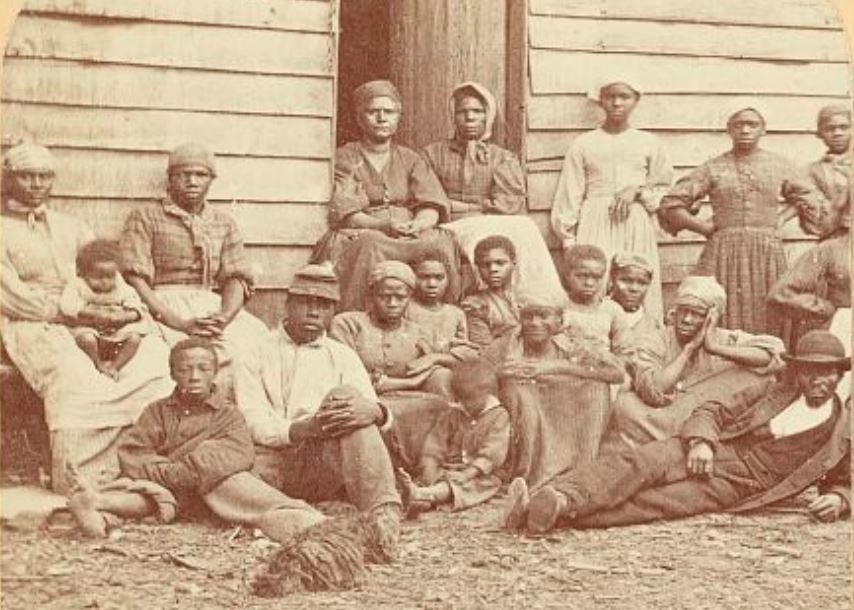
Early in the Civil War, McClellan’s actions regarding escaped slaves ignited a firestorm of controversy. His policy, known as the “fugitive slave policy,” mandated the return of any escaped slaves found behind Union lines to their Confederate owners.
This policy stemmed from a few key factors.
- Firstly, McClellan believed in upholding the Fugitive Slave Act, a pre-war federal law requiring the return of escaped slaves.
- Secondly, he believed that returning slaves would appease border states – slaveholding states that remained loyal to the Union – and prevent them from joining the Confederacy.
- Finally, his primary focus was on restoring the Union, and he believed that avoiding a social revolution over slavery was necessary to achieve that goal.
The impact of this policy was swift and severe.
Abolitionists were enraged. They saw it as a betrayal of the very cause they were fighting for. Furthermore, returning slaves sent a chilling message to enslaved people seeking freedom behind Union lines. It discouraged them from escaping and joining the war effort, a potential source of manpower and intelligence for the Union.
McClellan’s policy also clashed with the evolving war aims of the North. As the war dragged on, the sentiment grew that ending slavery was not just a moral imperative but also a strategic necessity.
Weakening the Confederacy’s economic engine and depriving them of manpower were compelling arguments that began to outweigh McClellan’s concerns about border states and national unity.
The “fugitive slave policy” became a stark symbol of McClellan’s conflicted views on slavery. It ultimately served as one of the wedges that drove him apart from President Lincoln and the evolving vision of the war in the North.
3. McClellan’s Evolving Stance on Slavery
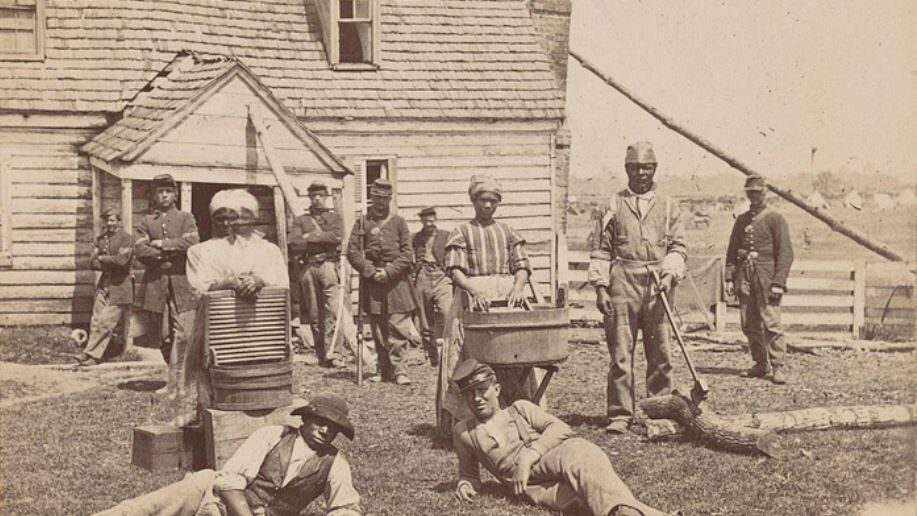
The landscape of the Civil War was constantly in flux, and the national mood regarding slavery was no exception.
As the war dragged on, a powerful anti-slavery sentiment swept across the North. Victories by abolitionist politicians, coupled with the harrowing stories of escaped slaves reaching the North, fueled public outrage at the institution.
This growing consensus pressured President Lincoln to adopt a more explicitly anti-slavery stance.
Did McClellan’s views on slavery adapt to this shifting landscape? The answer is murky. While he never fully embraced abolition, there are hints of a grudging acceptance of the changing tides.
One key development was the introduction of the concept of “contraband.” This term referred to escaped slaves who came into Union control. As war trundled on, he saw them as valuable assets – potential laborers for the Union war effort.
This pragmatic shift, while not a full endorsement of emancipation, acknowledged the practical benefits of utilizing escaped slaves.
However, it’s important not to overstate the extent of this shift. McClellan still prioritized military victory above all else. He likely saw using “contraband” as a means to an end, not a step towards abolishing slavery.
4. McClellan and Lincoln’s Clashing Priorities
The fault lines exposed by McClellan’s stance on slavery ran straight to the top, creating a rift between him and President Lincoln.
Lincoln’s Evolving War Aims

President Lincoln’s initial goal in the Civil War was to preserve the Union at all costs, even if it meant leaving slavery untouched. As the war progressed, he recognized the strategic and moral imperative of ending slavery.
Victories for abolitionist candidates, public outrage over slavery, and the need to weaken the Confederacy’s economic base all pushed Lincoln towards issuing the Emancipation Proclamation in 1863. This document declared slaves in Confederate-held territory to be free, forever altering the course of the war.
McClellan’s Continued Hesitation
McClellan, on the other hand, remained wedded to his belief that national unity superseded the issue of slavery.
He worried that a more explicit anti-slavery stance would alienate the border states and prolong the war. This directly contradicted Lincoln’s evolving war aims, which increasingly viewed emancipation as a key to undermining the Confederacy and achieving victory.
The Impact on Their Working Relationship
The clash in priorities inevitably strained their working relationship. Lincoln, frustrated by McClellan’s perceived lack of urgency and his tepid approach to the war effort, eventually relieved him of command in 1862 after McClellan’s failed Peninsular Campaign and inaction after Antietam.
McClellan, never one to shy away from controversy, publicly criticized Lincoln’s handling of the war, further deepening the divide.
The 1864 Election Battleground
During the 1864 presidential election, George McClellan ran as the Democratic Party candidate against the incumbent President Abraham Lincoln, who was seeking reelection.
McClellan’s platform during this campaign was centered around ending the Civil War through negotiation and compromise rather than outright military victory. His approach to the issue of slavery during this time was nuanced and influenced by political realities.
- Peace Platform: McClellan’s campaign emphasized the need for peace and reconciliation between the North and the South. He advocated for a negotiated settlement to end the war, which many interpreted as potentially allowing the Confederate states to maintain slavery as part of the terms for peace. This stance appealed to some Northern Democrats and War Democrats who were weary of the ongoing conflict and its devastating toll.
- Constitutional Principles: McClellan often spoke about upholding constitutional principles and preserving the Union. While he did not explicitly endorse abolitionism, he also did not openly support the continuation or expansion of slavery. His focus was more on finding a political solution to the conflict rather than making bold statements about slavery’s abolition.
5. Summarizing McClellan’s Views on Slavery
General George McClellan’s stance on slavery during the Civil War reflects an evolving perspective.
Initially prioritizing national unity over abolitionism, McClellan implemented controversial policies regarding escaped slaves, sparking tensions with abolitionists and President Lincoln.
While he showed some pragmatic acknowledgment of the benefits of utilizing escaped slaves for the Union war effort, McClellan’s hesitance to fully embrace an anti-slavery stance strained his relationship with Lincoln.
Ultimately, his prioritization of preserving the Union, coupled with his reluctance to fully align with the evolving abolitionist sentiment, defines McClellan’s complex views on slavery during one of America’s darkest periods.
Further Reading
If you enjoyed this article, you may be interested to read more about the American Civil War events, or perhaps read more about the bloodiest battles of the Civil War. Read here for more general American history.


